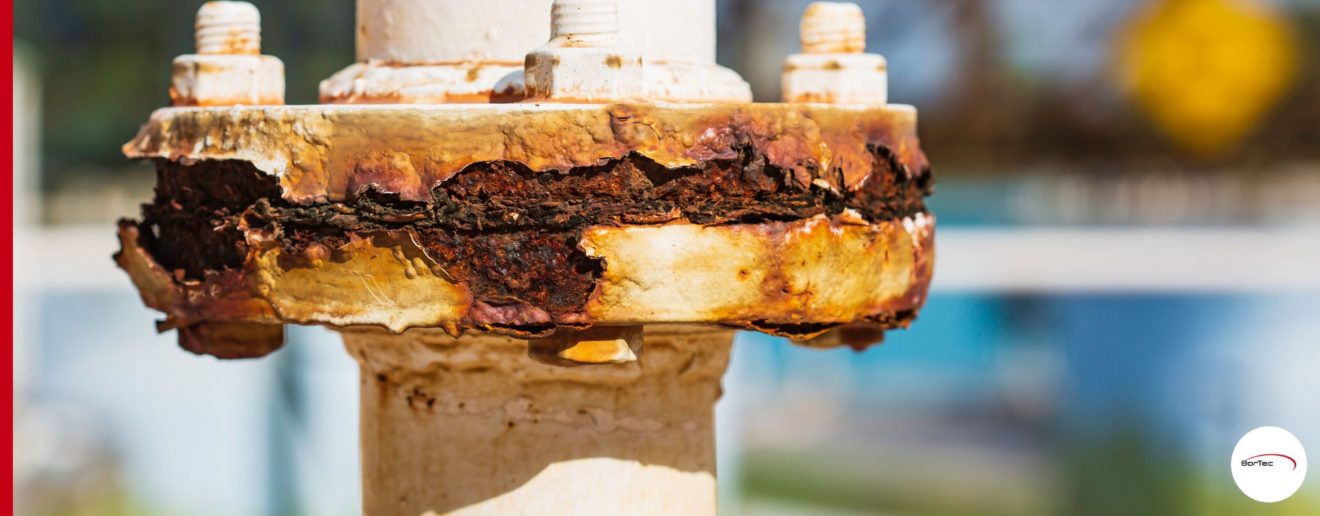Stainless steel bowls are ubiquitous in kitchens worldwide, prized for their durability and resistance to rust. But what’s the science behind this seemingly simple, yet remarkable material property? Understanding the corrosion resistance of stainless steel unravels a fascinating story of alloying, metallurgy, and the battle against oxidation.
The Chromium Factor: The Key to Stainless Steel’s Resistance

The magic ingredient in stainless steel is chromium. While plain steel (primarily iron and carbon) readily rusts – a process called oxidation where iron reacts with oxygen and water to form iron oxide (rust) – chromium changes the game. Chromium’s exceptional ability lies in its formation of a passive layer, a thin, invisible film of chromium oxide (Cr2O3) that clings tightly to the stainless steel surface.
This passive layer is self-healing. If scratched or damaged, it quickly reforms, preventing further corrosion. This remarkable property is what makes stainless steel so resistant to rust and other forms of corrosion. The minimum chromium content needed for this effect is approximately 10.5%, a benchmark for true stainless steel.
Alloying Beyond Chromium: Enhancing Performance

While chromium is the star, other alloying elements further enhance stainless steel’s properties. Nickel, for instance, improves corrosion resistance, especially in acidic environments, and adds strength and ductility. Molybdenum increases resistance to pitting and crevice corrosion, common in chloride-rich environments like seawater. Other elements, such as manganese, silicon, and nitrogen, play supporting roles in tailoring the material’s properties for specific applications.
Types of Stainless Steel: A Diverse Family

Stainless steels aren’t a single material; they exist in a diverse family categorized by their composition and properties. The most common grades used in kitchenware include:
- Austenitic Stainless Steel (Type 304): This is the workhorse of stainless steel bowls, known for its excellent corrosion resistance, formability, and weldability. It’s also relatively inexpensive, making it ideal for mass production.
- Austenitic Stainless Steel (Type 316): This grade contains molybdenum, providing enhanced resistance to pitting and crevice corrosion, making it a superior choice for environments with high chloride content.
- Ferritic Stainless Steel (Type 430): Less corrosion-resistant than austenitic grades, but it’s magnetic and offers good formability. Often used in less demanding applications.
The grade of stainless steel used in a bowl dictates its overall performance and longevity. Higher-grade stainless steel, such as Type 316, will offer superior corrosion resistance, making it a better investment in the long run, especially for demanding culinary tasks involving acidic ingredients or frequent cleaning.
Factors Affecting Corrosion: Beyond the Material Itself
While the type of stainless steel is crucial, other factors influence corrosion rates. These include:
- Environment: Exposure to highly acidic or alkaline substances, salt, and other corrosive agents can accelerate corrosion. Proper cleaning and avoiding prolonged contact with harsh chemicals are vital.
- Temperature: High temperatures can speed up chemical reactions, increasing the rate of corrosion.
- Stress: Stress on the stainless steel, such as from bending or impacts, can weaken the passive layer and increase susceptibility to corrosion.
- Cleaning Practices: Abrasive cleaners and scouring pads can damage the passive layer, compromising the corrosion resistance. Gentle cleaning with mild detergents is recommended.
Caring for Your Stainless Steel Bowls: Extending Their Lifespan
Proper care is key to maximizing the lifespan of your stainless steel bowls. Follow these tips:
- Hand-wash whenever possible: While many stainless steel bowls are dishwasher-safe, hand-washing with mild detergent is gentler and helps preserve the passive layer.
- Avoid abrasive cleaners: Steel wool and harsh scouring pads can scratch the surface, making it more vulnerable to corrosion.
- Dry thoroughly after washing: Leaving water droplets on the surface can encourage the formation of water spots and potentially accelerate corrosion.
- Address stains promptly: Persistent stains can sometimes indicate the beginning of corrosion. Deal with them promptly using appropriate cleaning methods.
Conclusion: The Enduring Appeal of Stainless Steel

Stainless steel bowls are a testament to the ingenuity of materials science. Understanding the science behind their corrosion resistance empowers us to appreciate their durability and to care for them properly, ensuring they remain a valuable part of our kitchens for years to come. By choosing the right grade and practicing proper maintenance, you can enjoy the many benefits of these versatile and long-lasting kitchen essentials.